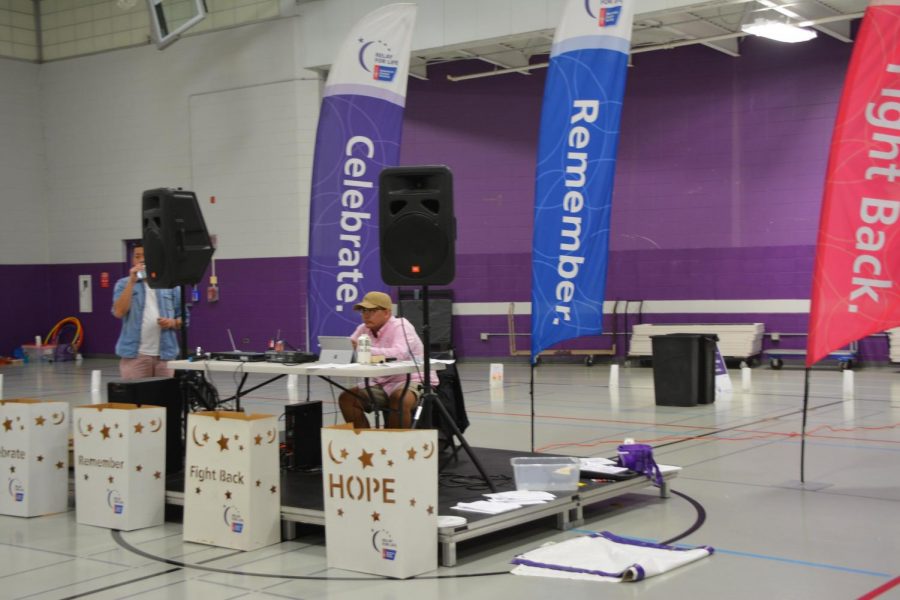Being the most populous city in the state of Illinois and the midwest, with a population of 2.7 million people-Chicago has been making headlines for everything from sports, crime, and politics since it’s formation in 1897. But now Chicago is making headlines for a not so hot topic- lead.
Whenever a construction worker or plumber disrupts pipes, lead can find its way into the water that flows out of households, posing a potential health risk. In a 2013 study, researchers at the U.S. Environmental Protection Agency (EPA) found that alarming levels of lead can come out of household faucets for years after service lines are treated.
To be clear: Chicago follows federal government protocols to test water. There is no danger here of repeating what has recently been happening in Flint, Mich., where contaminated tap water from the Flint River caused widespread lead poisoning; Flint’s water had not been correctly treated before making its way to its residents.
The main concern is that Chicago only tests tap water for possible lead contamination in only 50 homes every three years — which is the federal standard. This is an absurd amount for a city that is populated by 2.7 million people where any home built before 1986 could have lead pipes. It is also concerning because nearly 80 percent of properties in Chicago get their drinking water via service lines made of lead.
“I really hope that the city takes this information into consideration and does whatever it takes to inform our residents. This issue with water is very serious and it needs to be taken care of as soon as possible” Meerab Kaleem, senior, said.
The city doesn’t need federal approval to go against federal guidelines and test more homes. It should indeed do that, at least in construction zones where pipes have been repeatedly worked on.
The same federal rules also require water utilities to check only the first liter of water drawn in the morning. The EPA study found that though the first liter often is lead-free, high levels of the toxic metal can go through taps for several minutes afterward.
There is also a thought about people in the city digesting lead contaminated water-which can be particularly damaging to a child’s brain, lowering their IQ and boosting their risk of learning disabilities.
“Considering the effects of lead in water is so severe, I hope this gets way more attention than it is right now. The scariest part is that it not only effects health, but details relating to the brain and learning” Asma Ahmed, sophomore, said.
Every Chicagoan should know that the federal EPA recommends these methods to protect against lead in water:
1)Flush pipes for three to five minutes any time water hasn’t been used for several hours, not just once after street work or plumbing repairs. That flush can be done by taking a shower or doing a load of laundry.
2)Before drawing drinking water, faucets should be flushed for another 35 to 45 seconds to clear any remaining water sitting in the home’s pipes.
3)For even greater protection, experts suggest water-filtering pitchers or installing devices on kitchen sinks that screen out lead.
There is no need to worry because Chicago’s water is clean, protected, and abundant, all thanks to Lake Michigan. But there is always a chance that toxic substances can flow in pipes.
Replacing lead water pipes can take a lot of time and money. Until then, the city can instead educate residents about the possible risks. As Chicagoans, we should all make sure that we keep our fellow Chicagoans safe and in the know.
Top Image Credit: Medium.com



















